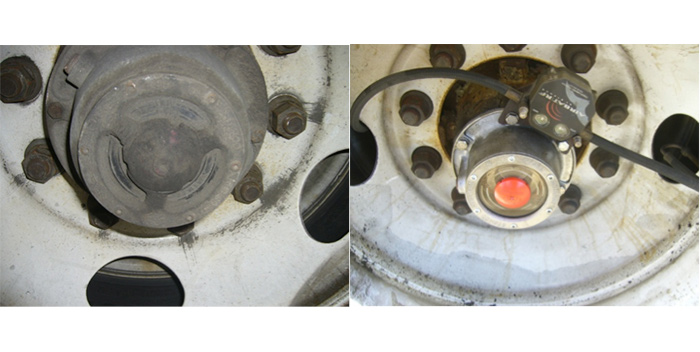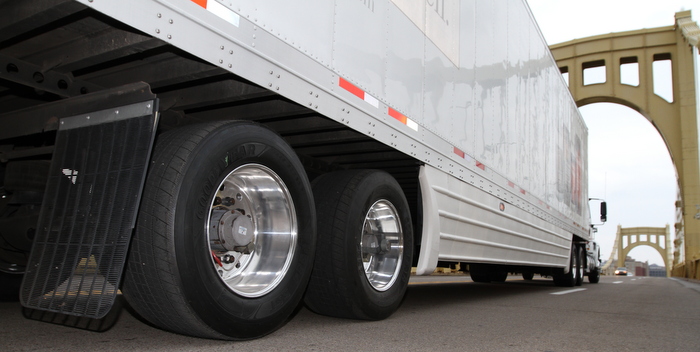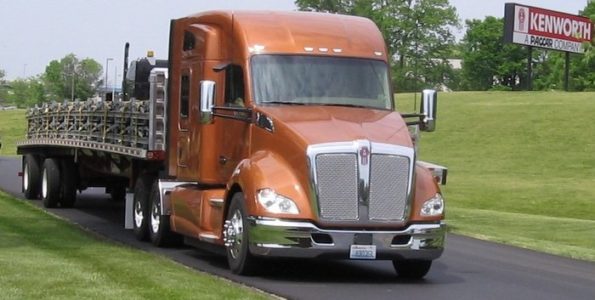According to William G. Sutton, CAE, president and CEO of the Equipment Leasing and Finance Association, “Acquiring equipment through leasing and other financing methods is more flexible and customizable to meet unique business needs than most funding options. This makes equipment finance a perfect fit for startups and small businesses, both of which may have trouble getting traditional bank loans.
With equipment finance, there’s no jumping through the same hoops as with commercial and industrial loans. For example, typically most lenders want to see two years of financials, which startups, by definition, don’t have.”
This is a particularly good time to finance equipment because there is so much liquidity in the marketplace, he adds. Many funding sources—leasing companies and banks—are looking to lend because they have the cash available to deploy. So, a highly competitive marketplace makes this a favorable time for end users to finance productive equipment.
In addition to current finance market conditions, the many benefits of equipment financing provide any number of reasons why it is an advantageous option for businesses. Below are some compelling benefits:
• 100% financing with no down payment. Unlike with most traditional lenders, it is possible to arrange 100% financing of equipment with no down payment. This is a critical benefit, since cash flow often is a concern for small and new businesses. Holding onto cash, or working capital, enables it to be used for other areas of the business, such as expansion, improvements, marketing or R&D.
• Elimination of risk of ownership. A business just starting out can use equipment financing to help mitigate the uncertainty of investing in a capital asset until it achieves a desired return, increases efficiency, saves costs or meets other business objectives.
• Expense planning for cash flow and business cycle fluctuations. Financing equipment helps maintain cash flow and greater certainty in budgeting by setting customized rent payments to match cash flow, even seasonal cash flows.
• Meet a company’s equipment needs. Leasing, loans or other financing enables businesses to acquire more and better equipment than they could without financing. It is more feasible to make monthly payments than to make large cash outlays for equipment up front.
• Updated technology/obsolescence management. To be on the cutting edge and be competitive, businesses need access to new technology. Certain leasing finance programs allow for technology upgrades and/or replacements within the term of the lease contract. Also, since the lessor owns the equipment, it bears the risk of the equipment becoming obsolete.
Many financing companies provide asset management services that track the status of equipment, know when to upgrade or update it, and provide services relating to installation, use, maintenance, de-installation and disposal of the equipment. Equipment management by a third party, such as an equipment financing company, can enhance the ability of a business to focus on its core operations. Equipment financing can even hedge against inflation because instead of paying the total cost of equipment up front or with a large down payment in today’s dollars, the stream of payments delays the outlay of funds.
Preparing with thorough, accurate information will enable businesses to get the equipment they need at the best possible terms. For more information, visit
www.equipmentfinanceadvantage.org.









